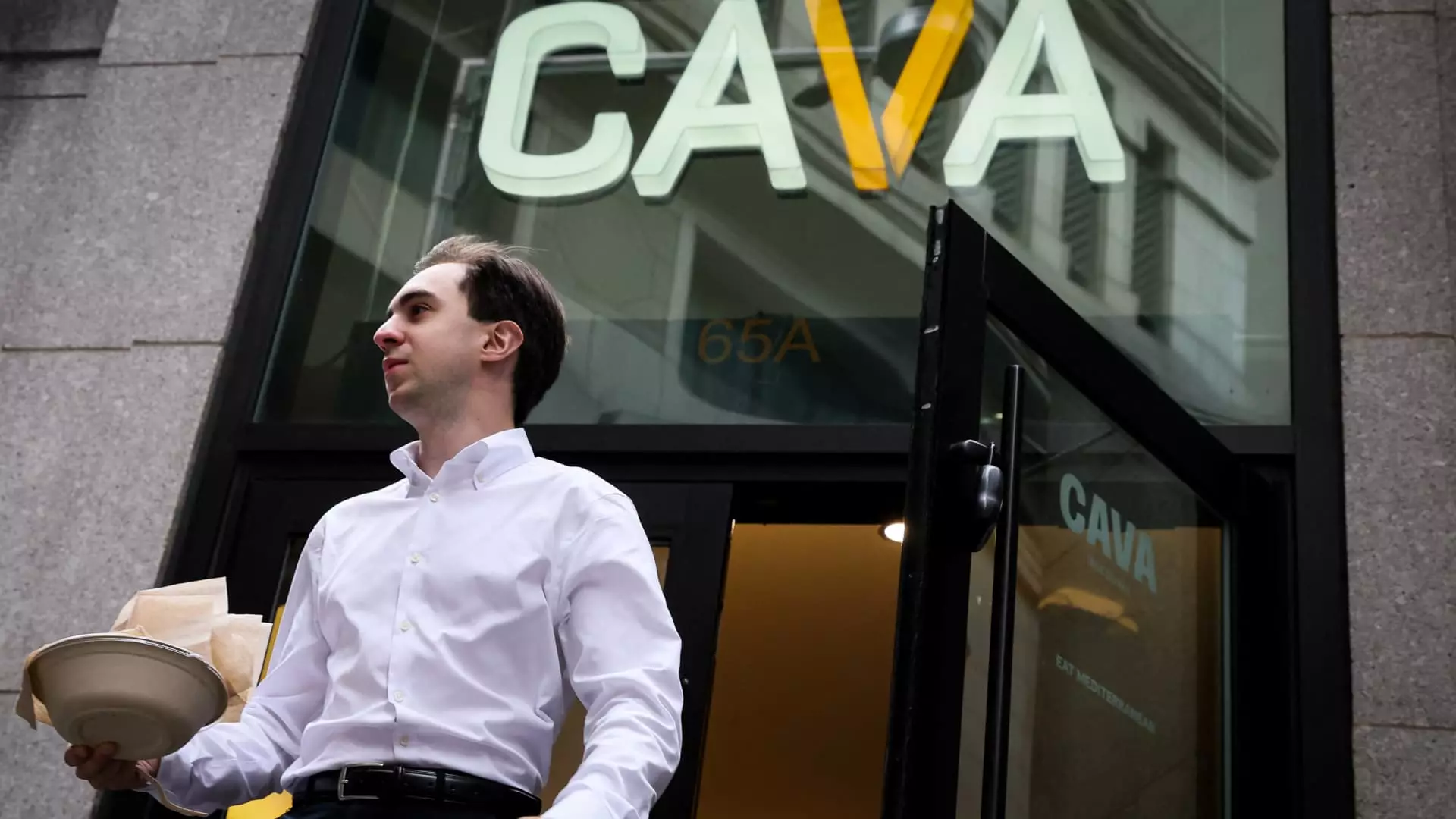In today’s volatile economic landscape, the once optional perk of a rewards program has transformed into an absolute necessity for fast-casual restaurant chains. As consumer spendings dwindle and foot traffic plummets, brands can no longer afford to ignore the value of nurturing ongoing relationships with their patrons. Loyalty initiatives have shifted from being a strategic differentiator to a fundamental pillar for survival. This evolution reflects a sobering reality: in financially constrained times, consumers gravitate toward familiarity, loyalty, and perceived value. Companies like Starbucks, Chipotle, and Cava have recognized this and accordingly pivoted, investing heavily in programs designed to lock customers into routine spending patterns. But is this reliance on rewards enough to overcome the structural and market headwinds facing the industry?
The logic is straightforward—repeat customers spend more, visit more often, and act as brand ambassadors with relatively low incremental costs. Such dynamics should technically bolster sales, especially amid a climate where new customer acquisition is increasingly challenging. Yet, if you analyze the bigger picture, these programs are mere Band-Aids trying to patch a sagging economy and declining consumer confidence. They serve as tools to maintain a fragile equilibrium but do little to address the core issues: shrinking profit margins, inflationary pressures, and a broader shift in consumer priorities.
Rewards Programs: A Double-Edged Sword
The enthusiasm surrounding loyalty initiatives is not without its caveats. Promotions often come at a significant cost, eating into already razor-thin margins in an industry notorious for its fragility. While brands like Starbucks report millions of active rewards members—over 34 million in Q2 and over 59% of transactions routed through these members—they simultaneously face the dilemma of balancing profitability with engagement. Reward programs can generate impressive metrics and behavioral insights, but they also risk turning into costly giveaways that undervalue the product and erode profits in the pursuit of fleeting customer loyalty.
More critically, the industry has begun to see diminishing returns from these initiatives. Despite clever program modifications—such as Starbucks’ transition from a reusable cup bonus to double stars—there remains skepticism about whether these tactics promote genuine loyalty or simply encourage transactional behavior driven by short-term incentives. The temptation for brands to continually “up the ante” with free items, discounts, or gamified challenges risks devaluing their core offerings and creating a dependency that becomes difficult to sustain long-term without spiraling costs.
Further, attempts at innovation, like Cava’s revamped rewards system or Potbelly’s coin-based model, may temporarily boost engagement but struggle to produce durable growth. These programs often adapt to current circumstances rather than fundamentally rethinking the consumer-value proposition. In the end, loyalty incentives may merely serve as a temporary bandage rather than a cure for the deeper malaise plaguing the sector.
Are Loyalty Programs a Long-Term Solution or Just a Short-Lived Fix?
The critical question is whether loyalty programs can evolve into a sustainable growth mechanism or simply mask deeper underlying vulnerabilities. For many brands, the answer tilts toward the latter unless they leverage these programs with strategic clarity. The luxury of loyalty schemes is that they can foster significant customer engagement and data insights, yet they are ultimately limited in scope. They mitigate the effects of reduced traffic but do not fundamentally alter the industry’s structural challenges—rising operational costs, stiff competition, and a shifting consumer mindset.
Cava’s emphasis on special moments, like National Pita Day and local mascot campaigns, highlights an understanding that emotional engagement beyond transactional discounts is essential. Still, it begs the question: will customers continue to participate when the novelty wears off? Similarly, efforts like Portillo’s portable digital wallet system symbolize a move toward ease and flexibility, but do they address the core issue—are customers committed to a brand or just in it for immediate rewards?
Moreover, the industry’s shift towards making rewards more accessible, such as Potbelly’s expanded menu options or Sweetgreen’s move away from tiered subscriptions, signifies a recognition that simplicity and perceived value are vital. Still, these adaptations risk commoditizing the experience rather than forging genuine loyalty rooted in unique customer relationships. When every brand mimics each other’s tactics, the differentiation vanishes, leaving only a crowded space driven by discounts and free merchandise—an unsustainable race to the bottom.
The False Promise of Loyalty in a Stark Economic Reality
The harsh truth is that loyalty programs can delay the inevitable decline but cannot reverse entrenched economic and social trends. Consumers are more rational than ever—they seek value and authenticity in their dining experiences. Loyalty initiatives are fractions of the entire consumer equation. Without addressing the fundamental issues—rising wages, inflation, labor shortages, and strategic differentiation—these programs risk becoming superficial gestures rather than drivers of meaningful growth.
For the industry to truly rebound, it must move beyond rebates and bonuses and embed a fresh sense of purpose and value in its core offerings. Loyalty programs should serve as part of an overarching business model that prioritizes operational efficiency, product innovation, and genuine customer engagement—rather than short-term promotions masked as strategic advantages. When the focus remains on superficial rewards rather than redefining the customer experience, these programs will only ever be bandages, not cures.
While loyalty programs are undoubtedly an essential tool in the modern restaurant’s arsenal, they should be viewed with skepticism and strategic caution. The industry must acknowledge their limitations, resist the temptation to over-rely on discounts, and instead double down on creating authentic value that can withstand economic shocks and shifting consumer preferences. Only then can these initiatives transition from temporary fixes into resilient engines of sustainable growth.


Leave a Reply